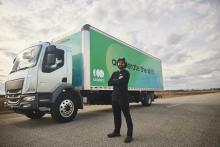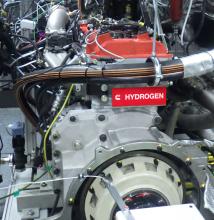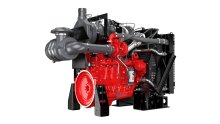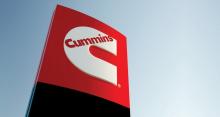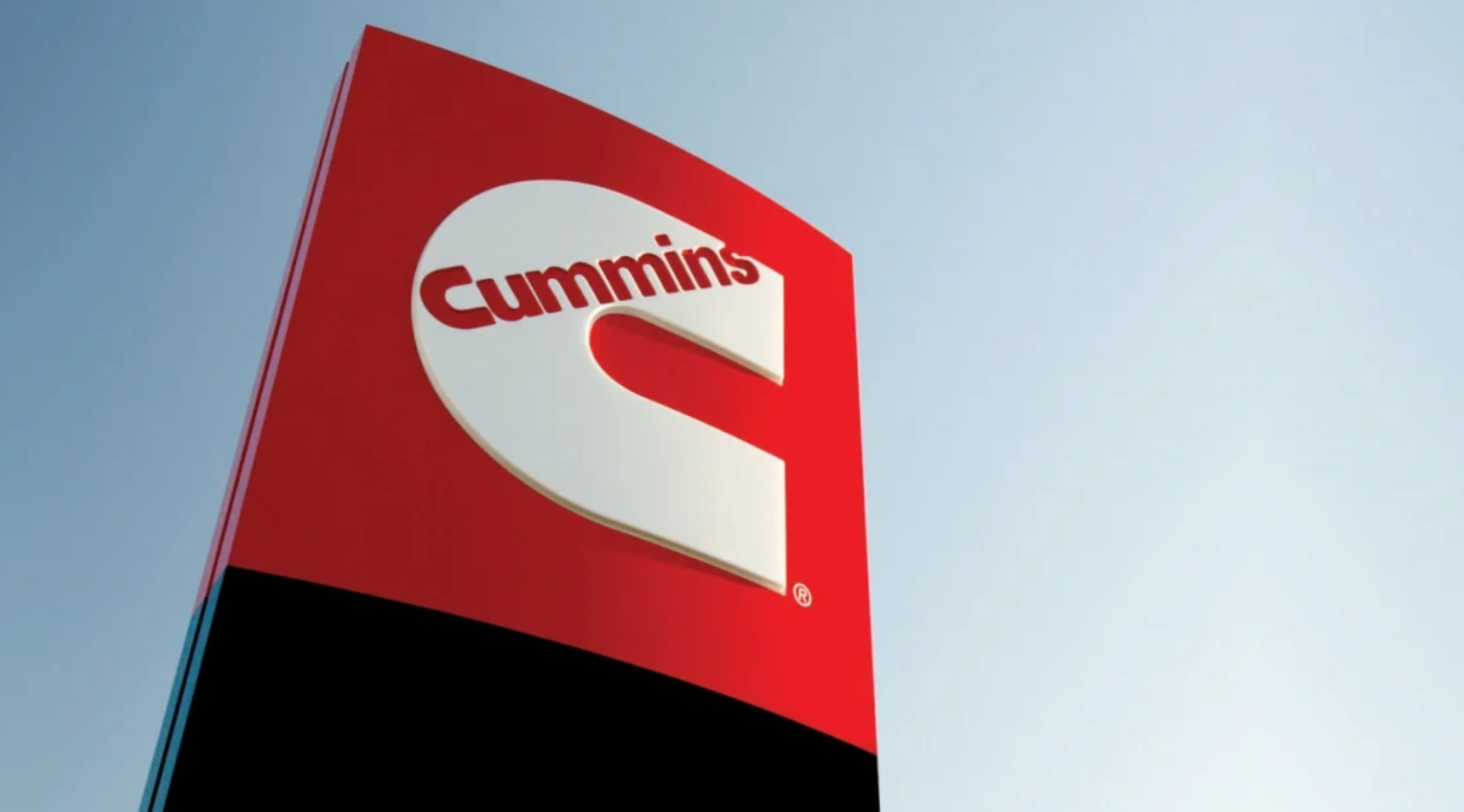
The company says it is combining its powertrain expertise and its fuel cell and hydrogen technologies in a variety of applications, including transit buses, semi-trucks, delivery trucks, refuse trucks and passenger trains.
The use of hydrogen fuel cells as an alternative source of electrical power came to prominence in the quarrying and construction equipment sector in October when JCB unveiled the working prototype of a new 20-tonne excavator, powered by a hydrogen cell. The UK manufacturer claims its 220X hydrogen-powered excavator is a potential game changer in the move to a zero-carbon quarrying sector.
Speaking at a virtual conference for the investment community Amy Davis, president of Cummins new power segment, said that major rollouts of hydrogen fuel cells are first likely to take place in markets such as trains where the powertrain and fuel costs represent 50% of total operating costs - much lower than the heavy duty truck market where the figure is above 80%. She added that the company had been putting a focus on fuel cell solutions in the train sector for this reason.
“Demand for electrolysers is growing rapidly with an opportunity to utilise green hydrogen to replace less environmentally friendly grey hydrogen in industrial processes while interest in fuel cells is growing in certain end markets,” said Davis. Electrolysers use electricity to split water and create hydrogen. These can be small for on-site generation or can leverage multiple stacks generating hydrogen from surplus hydroelectricity or other renewable energy sources.
“Cummins is participating in markets where we see early adoption of these technologies, leveraging our technology leadership, customer relationships, application knowledge, and global service and support capabilities," said Davis. "We also continue to invest in new technologies, such as solid oxide fuel cells, that show promise in stationary power applications.”
Cummins currently has more than 2,000 fuel cell installations across a variety of on-and off-highway applications as well as more than 500 electrolyser installations. The company says it plans to generate electrolyser revenues of at least US$400m in 2025.
Company chairman and CEO Tom Linebarger said that the production of 'green' hydrogen and the adoption of fuel cell technologies in markets that are served by fossil fuels today will be critical to lowering greenhouse gas emissions globally and also will enable Cummins to achieve carbon neutrality by 2050.
“As the world transitions to a low carbon future, Cummins has the financial strength to invest in hydrogen and battery technologies as well as advanced diesel and natural gas powertrains,” Linebarger added.
During the presentations, Cummins representatives stated that they expect adoption of fuel cell technology to take time as technologies continue to develop and costs reduce. They added that infrastructure is a current barrier and will require action and engagement from both private industry and government to increase the pace of adoption of hydrogen fuel cell solutions.
Cummins product offerings in the hydrogen technology sector include PEM (polymer electrolyte membrane) fuel cell power modules. These are scalable from 8 to 90kW and can be combined to meet even higher power requirements and include the complete fuel cell system.
It also supplies fuel cell powertrains. Cummins fuel cells are powering the world’s first hydrogen fuel cell passenger trains through Alstom, a French rail manufacturer. After completing a successful year and a half trial and more than 180,000 kilometers driven, Cummins says it is moving into serial production and adds that it is the largest provider of fuel cells for rail applications in the world
In partnership with leading European truck manufacturers, system integrators, and waste management fleet operators, Cummins supplied fuel cells for FAUN, a leader in waste collection vehicles and sweepers in Europe, for their electric refuse truck programme. Each truck has 100% electric drive and has zero tailpipe emissions with a range of up to 560 kilometers, which is enough to run the collection route multiple times carrying 10 tons of waste.
Cummins announced this month that it will work with truck and diesel engine company Navistar International on the development of a class 8 truck powered by hydrogen fuel cells. The project will be funded in part through an award from the US Department of Energy’s (DOE) Office of Energy Efficiency and Renewable Energy (EERE) previously announced in August, as part of DOE’s “H2@Scale” initiative to develop affordable hydrogen production, storage, distribution and use.
“This vehicle will feature our next generation fuel cell configuration and provides a springboard for us to advance our hydrogen technology for line haul trucks,” said Davis.
Cummins also supplies electrolysers - both alkaline and PEM. The company says it is in the final stages of commissioning the largest PEM electrolysis plant in the world in Becancour, Canada for Air Liquide. The 20-megawatt facility will have an annual hydrogen output of approximately 3,000 tons. The electrolyser will use surplus renewable hydroelectricity to generate decarbonised, or green hydrogen. Cummins is providing its 5-megawatt PEM electrolyser to enable renewable energy for the Douglas County Public Utility District in Washington state in 2021. The Cummins electrolyser will be dedicated to producing hydrogen from renewable energy and the company says it will be the largest, as well as first of its kind in use by a public utility, in the United States.
Cummins chief financial officer Mark Smith said that the continued strong performance of the company's existing products allows for further investment in new technologies.
“Cummins has the financial strength to keep investing in multiple technologies, including hydrogen production and fuel cells, to further advance our leadership position in this vital area,” said Smith.

